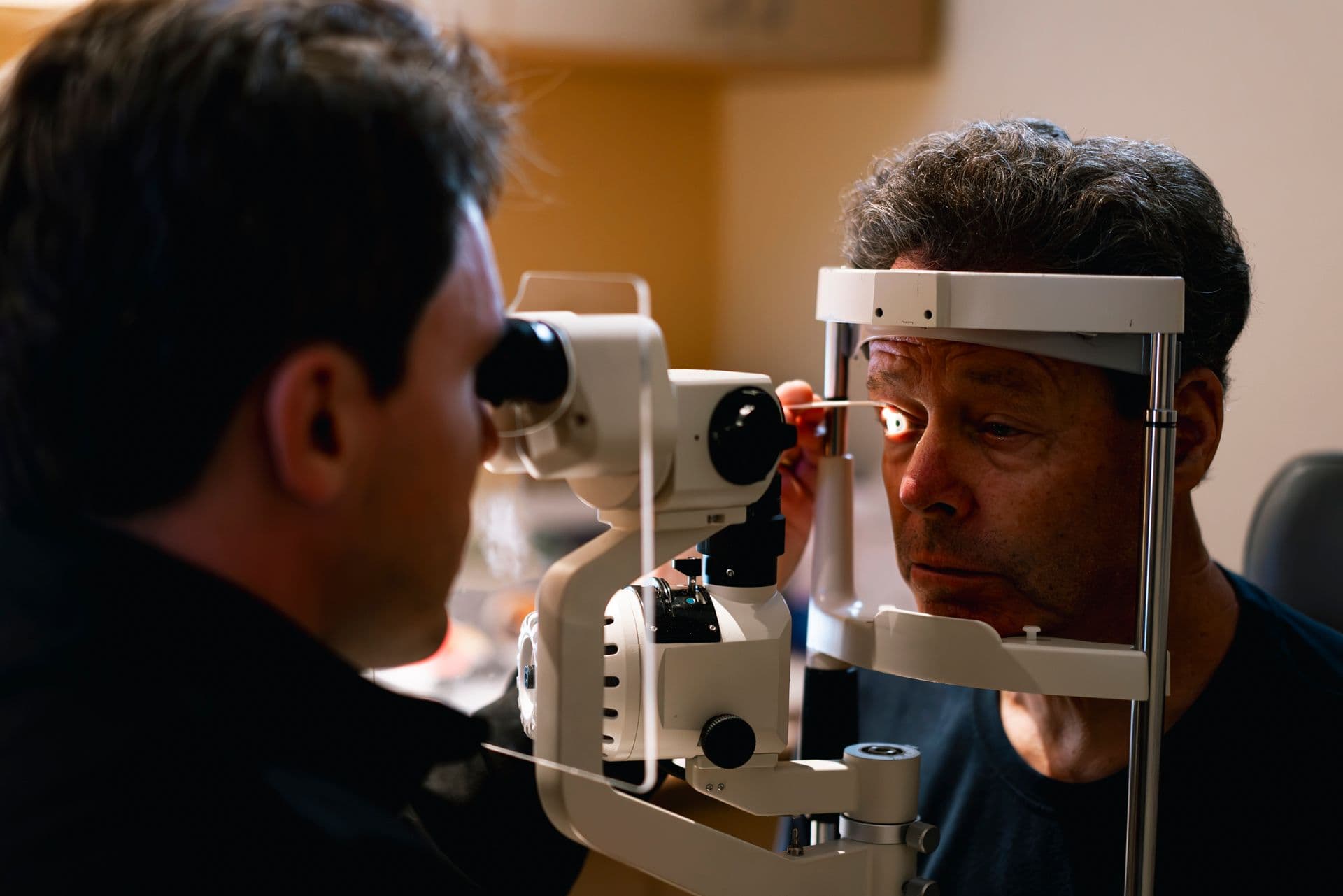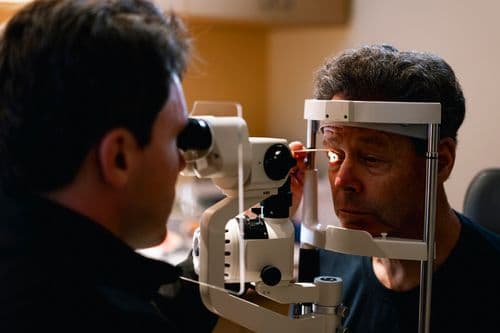


Eyelid surgery, also known as blepharoplasty, is a popular cosmetic and medical procedure designed to enhance the appearance of the eyes or address functional issues. This blog will provide a comprehensive overview of eyelid surgery, including its purpose, types, procedure, duration, and post-operative care. By the end, you’ll have a clear understanding of what eyelid surgery entails and whether it might be the right choice for you.
Eyelid surgery, or blepharoplasty, is a procedure that removes excess skin, muscle, and fat from the upper and lower eyelids. It is commonly performed for cosmetic reasons to enhance the appearance of the eyes or as saggy eyelid surgery to address droopy lids. Droopy eyelid surgery can also help improve vision obstructed by excess skin.
The procedure varies based on different types of eyelids, as all eyelid types require personalized approaches. Wondering, "how is eyelid surgery done?" It involves precise incisions along natural folds to minimize scarring. Many ask, "how long does eyelid surgery take?" Typically, it lasts 1-3 hours.
Eyelid surgery recovery depends on individual healing, with swelling reducing in weeks. Curious, "how painful is eyelid surgery?" Discomfort is mild and manageable. Beyond aesthetics, eyelid surgery to improve vision enhances functionality, reinforcing what is the purpose of eyelids—protecting and moisturizing the eyes.
Eyelid surgery may be needed or desired for several reasons:
Eyelid surgery can be categorized into different types based on the specific needs and areas targeted
The duration of eyelid surgery can vary depending on the complexity of the procedure and whether it involves the upper eyelids, lower eyelids, or both. Generally, the surgery takes:
These times include the actual surgery as well as preparation and initial recovery in the surgical suite.
Understanding the procedure of eyelid surgery can help alleviate any concerns or anxiety about the process. Here’s a step-by-step overview:
Post-operative care is essential for a smooth recovery and optimal results. Here are key steps to follow:
Eyelid surgery (blepharoplasty) carries risks like infection, scarring, and asymmetry. It's important to consult an experienced surgeon to discuss possible complications and set realistic expectations. After surgery, following proper care guidelines is vital for a smooth recovery. Be fully informed about the potential risks before choosing any cosmetic procedure.
Ans: Most patients experience minimal pain during eyelid surgery due to local anesthesia or sedation. Post-operative discomfort is usually mild and can be managed with prescribed pain medications.
Ans: Initial swelling and bruising subside within 2-4 weeks, but final results may take several months as the tissues fully heal and settle.
Ans: While eyelid surgery can produce long-lasting results, it does not stop the natural aging process. Some sagging or wrinkling may eventually return, but the improvements typically last many years.
Ans: As with any surgery, there are risks, including infection, bleeding, scarring, and complications with anesthesia. Specific to eyelid surgery, risks include dry eyes, difficulty closing the eyes, and changes in vision.
Ans: Yes, eyelid surgery is often performed in conjunction with other facial procedures such as facelifts, brow lifts, or skin resurfacing for more comprehensive rejuvenation.
Eyelid surgery is a highly effective procedure for both cosmetic enhancement and functional improvement of the eyes. By understanding what eyelid surgery entails, the different types available, the procedure, and the recovery process, you can make an informed decision about whether this surgery is right for you. Always consult with a qualified and experienced surgeon to discuss your specific needs and goals, and to develop a tailored treatment plan that ensures the best possible outcomes.

Call Us: (858) 452-3937
8:30AM - 7:00 PM - Monday through Saturday (Saturday until 11:30AM)